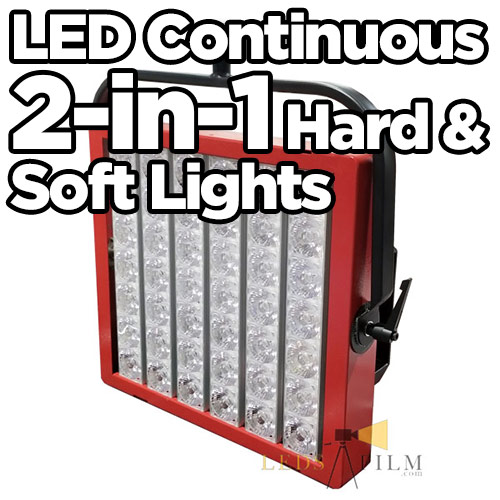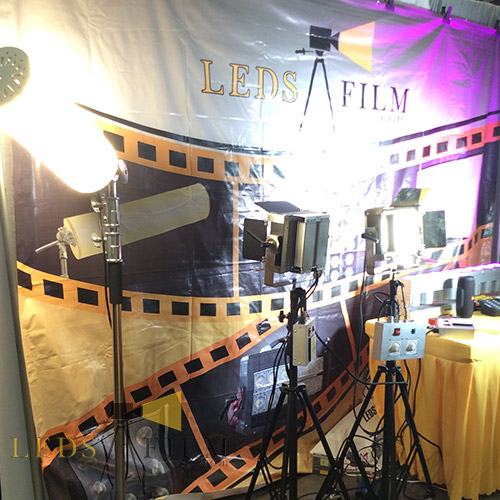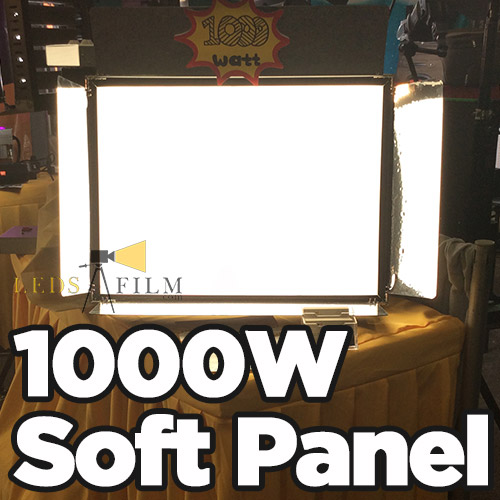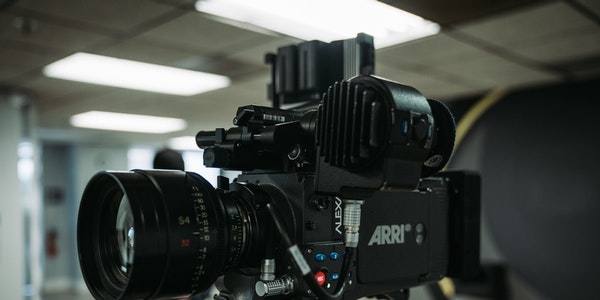Table of Contents
The Role of Photography Light in Film and Television Art
The role of light in film and television works
Cinematography is a photosensitive material for recording images, while TV photography uses the camera’s CCD to convert the light and shadow images of the object’s shape and color structure into electrical signals that can be converted into screen images. Both have the limit of accommodating the brightness range of the scene-latitude. Both must be under sufficiently bright lighting conditions to form an image.
No matter what the situation, only the correct exposure in photography can correctly restore the shape, color, level and texture of the subject on the screen and meet the visual effect of the human eye. This is the most basic and fundamental requirement for the use of light in photography. .
Of course, in order to achieve a special artistic effect, it is also possible to achieve the goal through technical variation-underexposure or overexposure. The second is the role of modeling. Whether it is a movie or TV, whether it is a feature film or a feature film, as long as it is filmed, there is a modeling problem. And light is an important means of photographer modeling.
In film and television, the audience can only visually judge and imagine the shape, color and texture of the original object. The modeling task of photography, like other plastic arts, is to express the object’s shape, quality, color, movement, space and time.
The difference from other art is that film and television modeling not only uses lines and colors, but uses light. The role of light in film and television modeling is unique to film and television. It also shows the space and time occupied by the movement of the object under certain lighting conditions. Especially time can only be expressed by light for vision.

The characteristics of film and television lighting
First of all, film and television lighting can simulate any outdoor light source and ambient light source effect. The outdoor atmosphere can be shot indoors, and the special effects of sunlight and reflective light sources can be combined arbitrarily outdoors. Most of the basic exterior scenes can be expressed indoors, making more thematic photography more effective and easier to complete. Secondly, the relatively broad, novel content themes and active pictures brought by the film and television lighting are conducive to increasing the order rate of the studio.
At the same time, film and television lighting allows actors to have a free space for play. The picture is more relaxed, changeable, and has a stronger plot. The light for film and television can arbitrarily adjust the brightness relationship between the main light source and the reflective light source. Widely expressing the artistic conception of various subjects allows actors and photographers to enter the role at the same time to increase the efficiency of the process.
Finally, the film and television lighting has expanded the shooting content and themes, and the advantages of multi-screen and multi-sex festival bring greater convenience to the early art design, which can let the art design enter the professional design track.

Lighting Techniques for Film and Television Shooting
Outdoor shooting skills
When shooting outdoors, sunlight is the main light in most cases. When shooting in bright sunlight, you must first pay attention to the adjustment of the aperture. Generally, the automatic iris method is not used, but manual iris control is used. The specific method is to push the lens zoom to the face, use the automatic aperture to meter the light, and then switch to the manual aperture. In addition, be careful not to choose a bright background, it is easy to darken the face of the subject as the subject or the light ratio exceeds the range of 30:1.
Light techniques for shooting on sunny days. When shooting outdoors on a sunny day, the light mainly includes direct light and scattered light. Direct light refers to sunlight, and scattered light refers to sky light. In this case, sunlight is often used as the main light, and sky light is used as the auxiliary light. When the sun is the main light, it is generally in the front light and side light. When the sunlight is in the backlight position, the contour of the subject is very clear, giving the scene a strong sense of depth. At this time, if you shoot the water surface, there will be strong reflections, making the picture very vivid. In the backlit situation, you can shoot the dynamic beam effect by shooting trees.
The technique of using light when shooting on a cloudy day. When it is cloudy, the shooting environment is full of scattered light, the ground scene has a large contrast between light and darkness, the tone is dark, the light color temperature is high, and the scene tone is blue. At this time, the lighting should make full use of the dark background, because the dark background can improve the brightness of the details of the person, and better show the detail level of the subject.

Indoor shooting skills
In film and television production, shooting in the indoor environment accounts for a larger proportion. Since the indoor illuminance is acceptable, normal shooting can be done directly without supplementary light. Of course, as far as possible, choose the brightest light in the whole day. At this time, the indoor reflected light is also the strongest. You can use the reflector to reflect the outdoor light to Indoors, supplement the indoor light and make the natural light in the room stronger. At the same time, pay attention to the direction of natural light, illuminance, and color temperature when shooting. The camera lens tries to avoid the strong light window, and uses the window light to form the smooth light and side light in the light modeling.
When performing normal indoor artificial light source lighting, if the conditions are not available, an artificial light source can be used to selectively illuminate the room, using the scattered light of the artificial strong light source from indoor wall objects to increase the illuminance effect. If conditions permit, the three-point lighting method of main light, auxiliary light and background light can be used respectively.
Generally, the main light is to directly illuminate the object at 30 or 45 degrees behind the camera, so that the object has an illuminating effect and a shadow. The main light must be selected with the shadow effect, and the shadow map or other options must be selected. The light intensity should be slightly higher. The higher the intensity, the more obvious the shadow. The auxiliary light is generally a 90-degree side light, and the shadow area is filled with a soft light source that is more uniform and non-direct. At the same time, the depth and level of field are formed. The brightness is generally 50% to 80% of the main light.

The background light can be used side backlight, mainly to highlight the main object, but also to distinguish the subject from the background. Therefore, when lighting, the position and intensity of the main light should be determined first, then the auxiliary light should be determined, and finally the background light and decorative light should be allocated, so that the primary and secondary lights are distinct and complement each other.
In short, the method of using natural light to use light has become the mainstream of current use of light in film and television art. Television is an art that uses the role and means of light to shape images. Light is the soul of film and television and the “source” of visual art. Understanding, familiarizing and recognizing light and making good use of light are of great significance to the improvement of audiovisual art. In recent years, digital video camera technology has developed rapidly. If you want to shoot high-quality TV images, it is not only necessary to master the knowledge of photography. It is particularly important to understand the lighting technology carefully and master the lighting skills of TV shooting.
